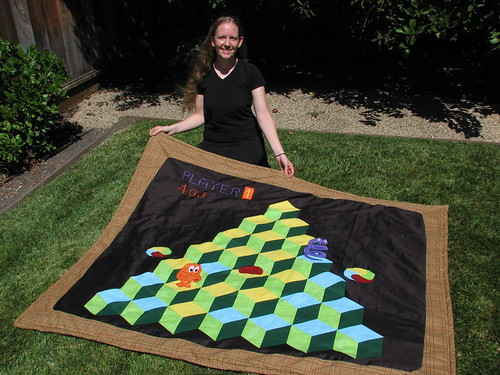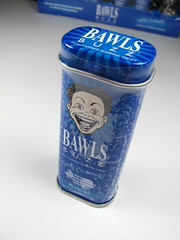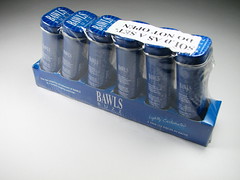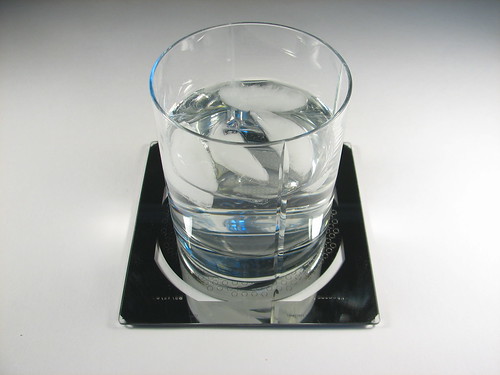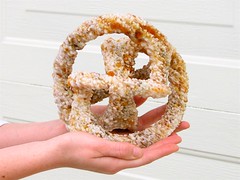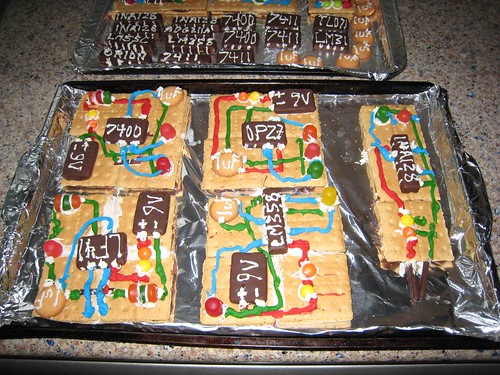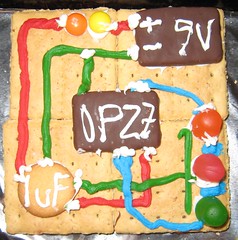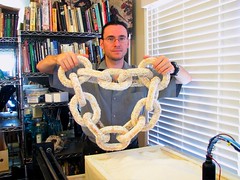QuiltBert is based on the traditional tumbling blocks pattern and the video game Q*bert. It is a lap-sized quilt, ideal for hanging out on the couch playing vintage video games.
A while back, our junior mad scientist brought home a geometry / art assignment from school based on designing a quilt. The kids were given a small grid which they filled in with a pattern. They then rotated and copied the pattern several times into a larger grid. His design looked like it would be very complicated to make into a real quilt, with curved pieces, applique and embroidery all needed.
That started us all looking at quilt patterns so he could get an idea of what goes into making a quilt. When we found the “tumbling blocks” quilts which are made with rhombi the question came up as to whether anyone had ever made a Q*bert quilt.
Although there are many tumbling block quilts that are referred to as Q*bert quilts, we couldn’t find any genuine Q*bert quilts. We did find Tetris, Space Invaders, and Mario, Mario, Mario, and more Mario. Also the tangentially related but incredibly inspired Color Bars quilt. Clearly, someone needed to make a real Q*bert quilt.
Continue reading Quiltbert: a Q*bert Quilt




